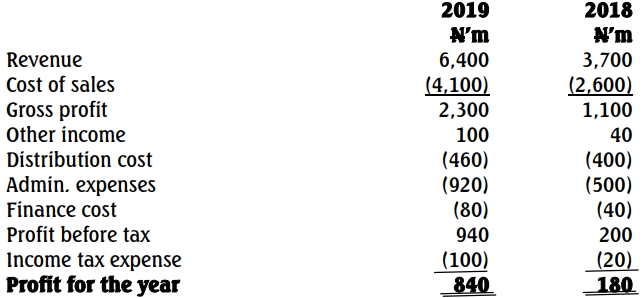- 5 Marks
FR – Nov 2024 – L2 – Q5a – Barriers to Harmonisation of Accounting Standards
Identifying five barriers to the harmonisation of accounting standards across different countries.
Question
Harmonisation of accounting standards is a topical issue and is needed due to the increasing globalisation and competitiveness of governments and services. Harmonisation ensures reliable and high-quality financial reporting. However, not all countries have been able to harmonise their accounting standards in line with the International Financial Reporting Standards.
Required:
State FIVE barriers to the harmonisation of accounting standards faced by these countries.
Find Related Questions by Tags, levels, etc.
- Tags: Accounting Standards, Barriers, Compliance, Harmonisation, IFRS, International Accounting
- Level: Level 2
- Topic: Corporate Reporting and Compliance
- Series: Nov 2024



